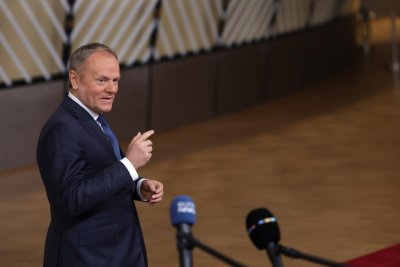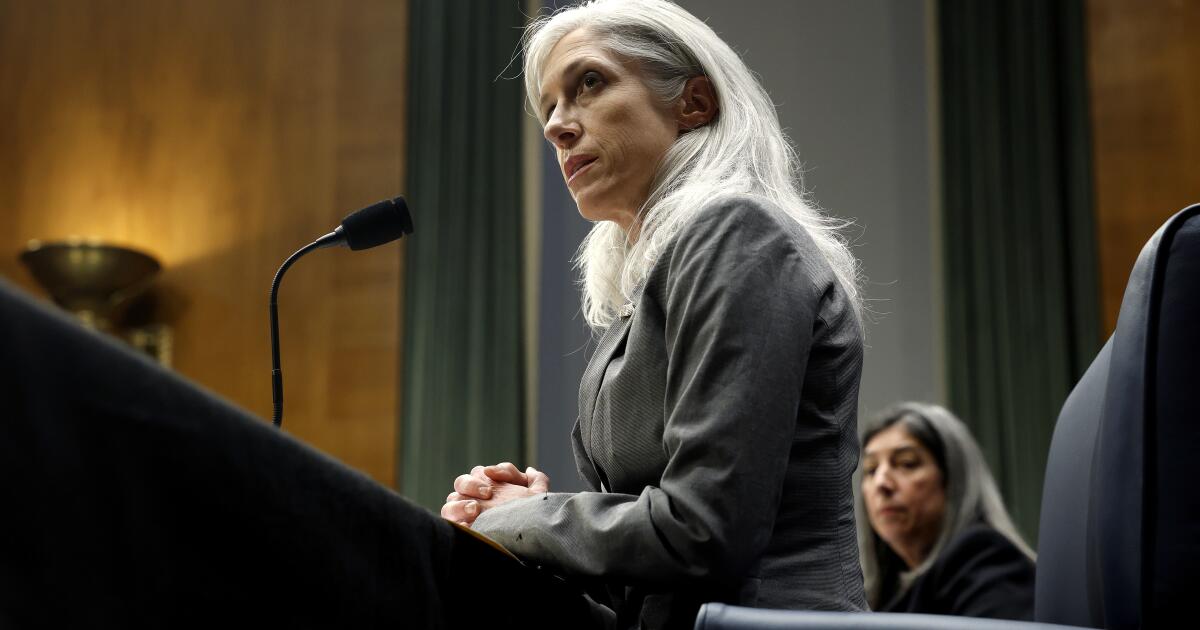Notre Dame leaders are cowards for backing out of USC rivalry
The world of college football may be awash in uncertainty, but the last several weeks have proven one thing beyond a shadow of a doubt.
Nobody runs like Notre Dame.
When the Irish got jobbed by the College Football Playoff committee and insanely were left out of the CFP, they refused to play another game this season.
Notre Dame ran from the Pop Tarts Bowl.
Then came Monday’s announcement that Notre Dame no longer will regularly play USC, essentially ending a 100-year-old rivalry because the Irish didn’t want to change the dates of the game.
Notre Dame ran from the Trojans.
Call them the Fightin’ Chickens, a once-proud Irish program that demands acquiescence or it will take its ball and go home.
The Irish could have played USC at the beginning of the season, but refused. The Irish could have kept the rivalry alive with a scheduling tweak that would have helped both teams, but refused.
Lots of folks are going to blame USC and coach Lincoln Riley for butchering a Knute Rockne-born tradition that accounted for 78 straight games, not counting 2020, the COVID-19 year. That’s wrong. Nobody has been more critical of Riley than this space, but he’s not the bad guy here.
Anybody who felt the buzz around the CFP first-round games last weekend would attest, this is where USC needs to be playing. If the Trojans truly want to return to greatness, being selected for the CFP is the goal. Not beating Notre Dame. Not even beating UCLA. It’s all about the tournament.
USC needs to put itself in the best possible position to be playing on a mid-December weekend, and that means no longer being the only Big Ten school to play a major nonconference game in the middle of the season or later.
The schedule has become tough enough. The Trojans don’t need to make it tougher with the kind of game nobody else in their conference is playing.
They need Notre Dame in August, not in late October or mid-November.
But, as it turns out, Notre Dame believes it doesn’t need USC at all.
The Irish signed a deal with the CFP that stipulates, beginning next year, if they are ranked in the top 12, they are guaranteed a playoff berth. They can get in the playoffs without risking a loss to the Trojans. They can play it safe and schedule easy and back right in.
USC doesn’t have that luxury. USC isn’t guaranteed squat. USC has a 2026 schedule that even without Notre Dame is a nightmare.

USC and Notre Dame prepare to play in a packed Notre Dame Stadium in October 2023.
(Michael Caterina / Associated Press)
Home games against Ohio State and Oregon. Road games at Indiana and Penn State.
USC doesn’t need a midseason game against Notre Dame making that road even harder.
Jennifer Cohen, the USC athletic director, said as much in a recently posted open letter to the Trojans community.
“USC is the only team in the Big Ten to play a nonconference road game after Week 4 in either of the past two seasons,” she wrote. “USC is also the only team to play a nonconference game after Week 4 in both seasons.”
Trojans fans love the rivalry. The college football world loves the rivalry. It’s Anthony Davis, it’s Carson Palmer, it’s the Bush Push, it has won Heismans and cemented championships.
But times have changed. The landscape is evolving. Everything that college football once represented is up for debate. Even the most venerable of traditions is subject to adjustments.
That’s what the Trojans wanted to do. Not eliminate, but adjust. But Notre Dame football adjusts for no one.
It was indeed a travesty that the two-loss Irish, winners of their last 10 games by double digits, did not get a spot in the national tournament. By the end of the season they were arguably one of the four best teams in the country. They easily could have captured the crown.
Tulane? James Madison? Are you kidding me? As the opening games revealed — the two AAA teams were outscored 92-44 — there is no place for Cinderellas in the CFP.
But that was no reason for Notre Dame to back out of the bowls completely, sacrificing the final game in the careers of the Irish players who will not be going to the NFL just to make a whining point that resonated with nobody.
And, besides, there’s another way Notre Dame could have been a lock for the playoffs.
Join a conference, fool!
By keeping the football team out of the otherwise Irish-infected Atlantic Coast Conference, Notre Dame is raking in big TV bucks that it doesn’t have to share. But this means the Irish are subject to the whims of a committee that could, and did, unconscionably leave them out.
Notre Dame always wants it both ways. It wants its independence, but also wants to dictate a schedule filled with conference-affiliated teams.
In demanding that their game be played in August or not at all, USC finally called Notre Dame’s bluff.
And the Irish did what they recently have done best.
They ran.
The team that initially will replace USC on the Notre Dame schedule?
It’s Brigham Young, the same team that Notre Dame snubbed in the Pop Tarts Bowl.
Put that in your toaster and cook it.









